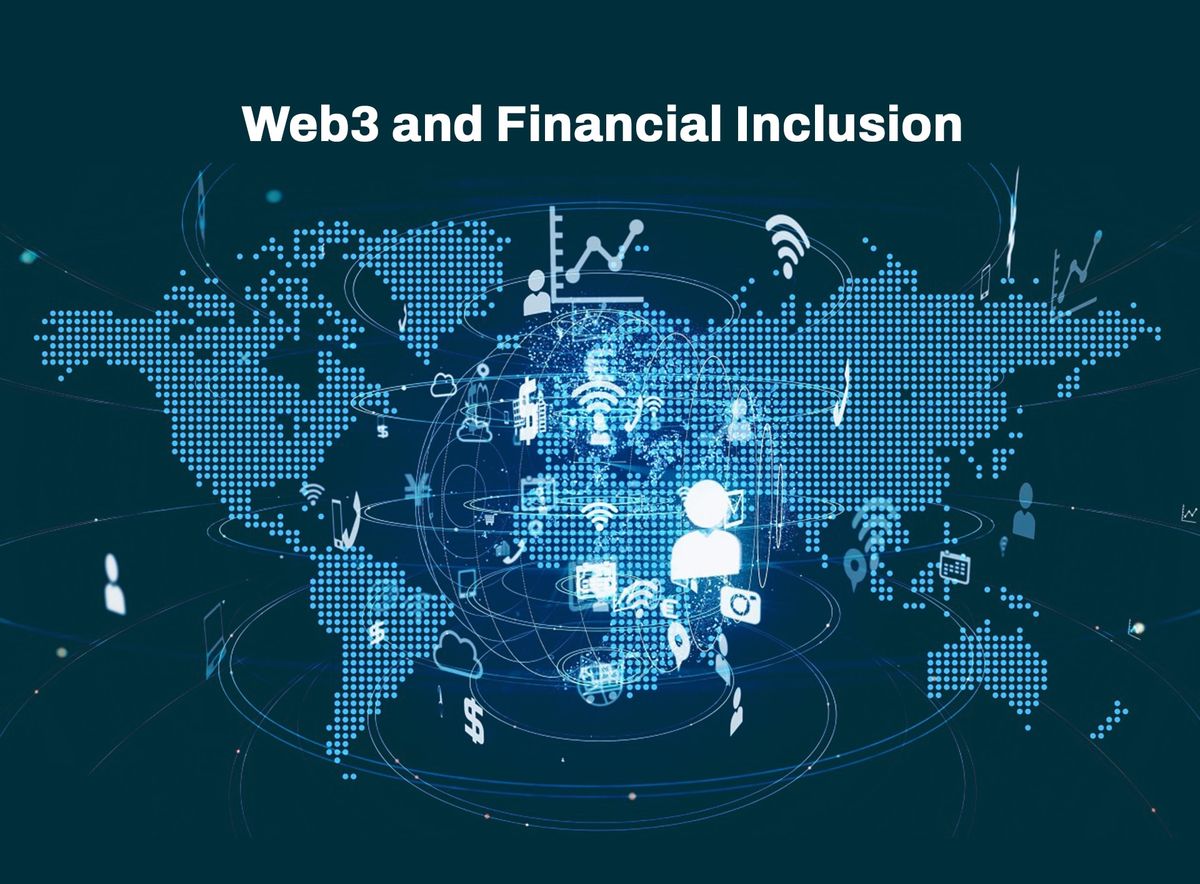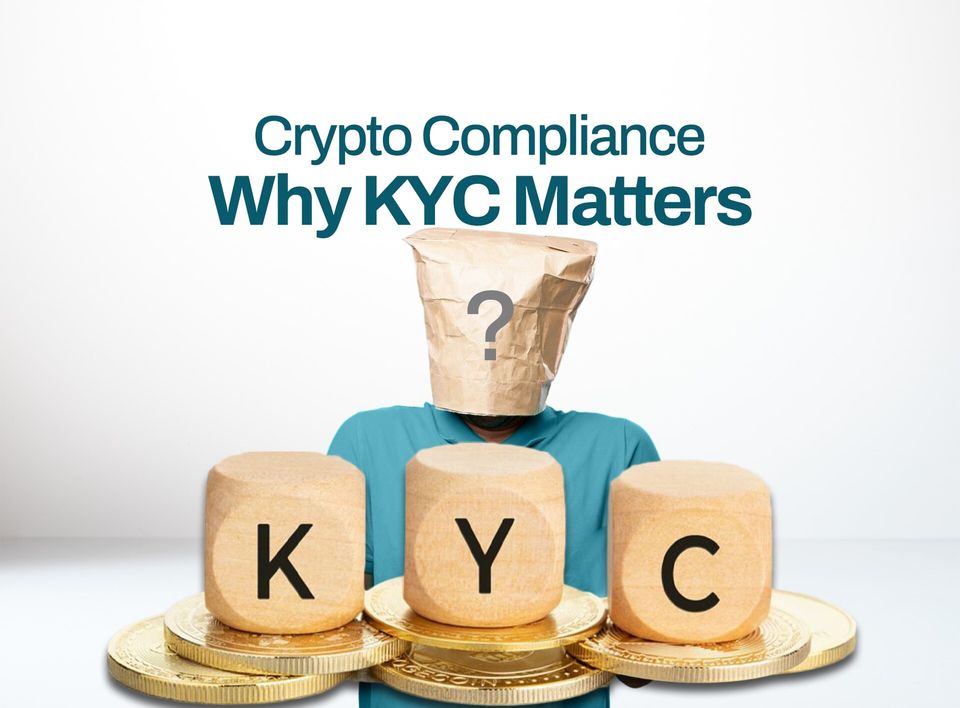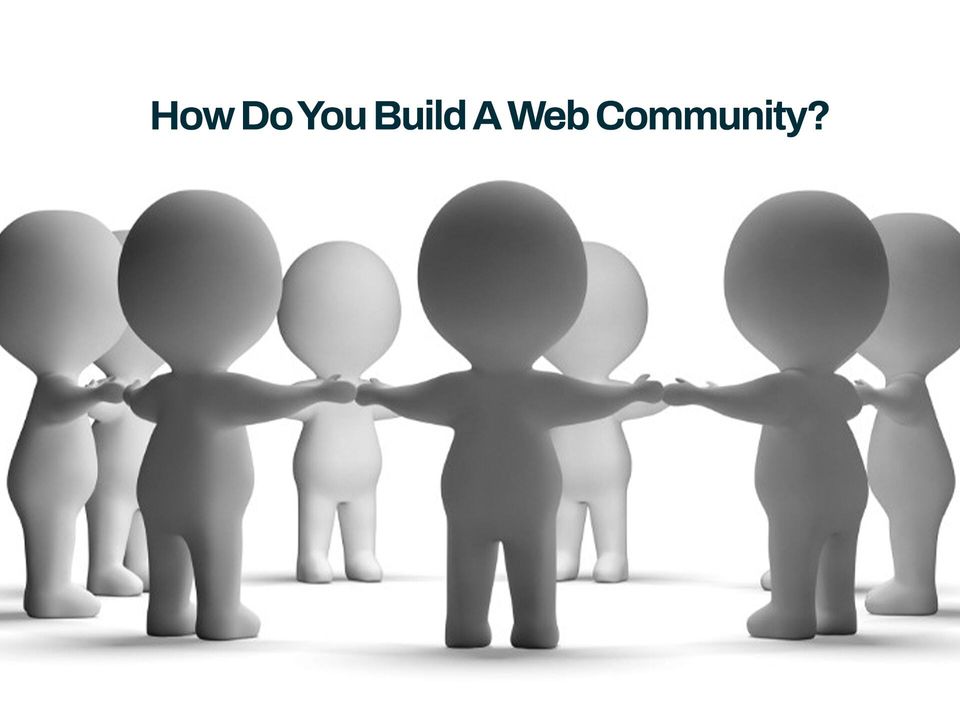Web3 and Financial Inclusion: Unlocking Access to Global Financial Services
In terms of financial inclusion, Web3 represents a paradigm shift. Its decentralized, clear and easy to reach nature is a potential answer to the obstacles that traditional banking systems have not been able to overcome

The cornerstone of financial development is known as financial inclusion. However, there are billions of people who have been excluded from basic financial services.
The World Bank estimates that over 1.4 billion adults across the globe do not have a bank account, cutting them off from the financial systems that many take for granted. They face immense hurdles like high costs, lack of infrastructure and inadequate regulatory frameworks.
Web3 on the other hand, has come up with an innovative approach to these problems compared to traditional banking systems which have fallen short.
Web3 is decentralizing financial systems promoting access and reducing costs in this way leading towards a more inclusive global economy.
Understanding Financial Inclusion and Its Challenges
Financial inclusion means individuals and businesses should be able to access useful and affordable financial products and services. This concept appears simple; however, its achievement globally remains intricate because of certain main difficulties:
- Geographical Barriers:
Many people in rural areas lack physical branches or ATMs for banks where they can go to deposit or withdraw money from their accounts. On top of being unreliable, these places are also less secure than formal banking systems
- High Costs:
The costs that are associated with opening and maintaining accounts or carrying out transactions can make it almost impossible for people with lower incomes.
- Regulatory and Documentation Issues:
From the developing regions where there are no proper identifications and proof of address, excluded will be those who do not meet the strict requirements for their identification documents such as national identity cards, passports or driving licenses.
- Gender Inequality:
By 2021 World Bank report, globally women are approximately 7 percent less likely to have financial services then men.
- Limited Financial Literacy:
In many areas of low-income populations people lack the financial literacy skills to use complex banking systems hence widening inequality gap further.
Traditional systems have failed in attaining universal financial inclusion because of these challenges, hence necessitating the emergence of alternative remedies.
How Web3 Puts a New Spin on Access to Financial Services
Financial services have a different approach in Web3, which is built upon blockchain technology as the next generation of the internet.
But for Web3 being decentralized, permissionless and inherently global, it would not have addressed financial inclusion challenges uniquely.
Key Advantages of Web3:
- Decentralization:
Blockchains eliminate intermediaries hence reducing transaction costs significantly while promoting peer-to-peer interactions.
- Accessibility:
Anyone with an internet connection can access web3 platforms making physical infrastructure unnecessary.
- Transparency and Security:
Transactions are secure, transparent and traceable via an immutable ledger provided by blockchain technology builds user trust.
- Smart Contracts:
Bureaucracy is eliminated through self-executing contracts enabling lending, borrowing and payments thus reducing costs.
Real-World Applications:
Web3 solutions are already reshaping financial services :
DeFi Platforms:
Aave and Compound are examples of Decentralized Finance (DeFi) platforms that offer loan facilities as well as savings products without requiring credit histories.
Digital Wallets:
Users can securely store and manage digital assets in tools such as MetaMask and Trust Wallet which act like traditional accounts’ substitutes.
Cross-Border Payments:
Blockchain-based systems such as Ripple facilitate instant low-cost cross-border transfers that benefit migrant workers and businesses.
An instance of how it can be done with technology is https://hypernet.pro/en/ which is a platform for traffic management in affiliate marketing. Hypernet is not a financial product, but rather shows how transformative automation and efficiency can be in industries, giving valuable lessons to Web3 financial solutions.
Successful Financial Solutions Based on Web3: Case Studies
The success of Web3 has led to various case studies showing its role in promoting financial inclusion:
1. Celo: Mobile Financial Access
Celo is able to provide mobile money services using blockchain technology in emerging markets where users send and receive payments from their smartphones instead of going through banks, making access to finance easier and cheaper.
2. Stellar: Cross-Border Transactions
Stellar bridges banks, payment systems as well as people thereby enabling cross-border remittance at low cost instantly. For example, it has been used to distribute aid in remote areas ensuring that funds reach intended recipients without intermediaries.
3. Grassroots Economics
Grassroots Economics runs an initiative called Community Inclusion Currencies (CICs) based on the blockchain that helps empower local communities. No matter how poor the place is, CICs allow citizens to trade goods and services within them thus creating economic activity and resilience.
These examples illustrate how the decentralized nature of web3 addresses significant challenges relating to financial inclusion on ground level effectively.
The way Web3 is likely to transform emerging markets
Emerging markets have the most to gain from adopting Web3 since it has ability to bypass traditional infrastructure:
There are several trends that facilitate the adoption of Web3 technology;
Smartphone Penetration is on the Rise:
Increased availability and affordability of smartphones and internet connection make Web3 tools more accessible.
Focus on Digital Economies:
Governments in countries like Africa and Southeast Asia prioritize digital financial inclusion as part of broader economic growth strategies.
Incorporation of microfinance services:
Web 3.0 can improve microfinance by slashing operational costs and facilitate secure, transparent transactions.
Economical Impacts:
Blockchain could add more than $3.1tn to emerging market GDPs by 2030, according to International Finance Corporation (IFC). Through enabling access to finance for small businesses and individuals, Web 3.0 can promote entrepreneurship, create jobs and reduce poverty.
Adoption barriers and how they can be resolved
Despite its potential, adoption of web3 faces challenges
Major barriers
- Issues with Scalability:
High transaction volumes frequently overwhelm existing blockchain networks resulting in delays and higher costs.
- Regulatory Uncertainty:
Governments are still struggling with how to regulate decentralized systems without killing innovation.
- Digital Literacy Gaps:
A lot of users do not know how best to use blockchain tools.
- Security Concerns:
This space is riddled with frauds and scams which discourage potential users.
Strategies to Overcome Challenges:
Education Initiatives:
Governments and NGOs can create courses to enhance digital literacy levels.
Public-Private Partnerships:
Tech companies and governments working together can fund infrastructure and regulatory frameworks.
Improved User Experience:
Simplifying the interface of Web3 applications could make them more user-friendly, thus encouraging their use.
If these obstacles are addressed, then Web3 will be able to fully actualize its potential in driving financial inclusion globally.
Conclusion
In terms of financial inclusion, Web3 represents a paradigm shift. Its decentralized, clear and easy to reach nature is a potential answer to the obstacles that traditional banking systems have not been able to overcome.
We can see this through DeFi platforms and blockchain-enabled cross border payment systems which are being developed.
However, widespread adoption of Web 3 requires collaboration between governments, private sectors and educational institutions.
If it can tackle issues like scalability, regulation and digital literacy then web 3 could release unseen economic opportunities for billions of people.
Disclaimer: This article was written to provide guidance and understanding. It is not an exhaustive article and should not be taken as financial advice. Obiex will not be held liable for your investment decisions.




